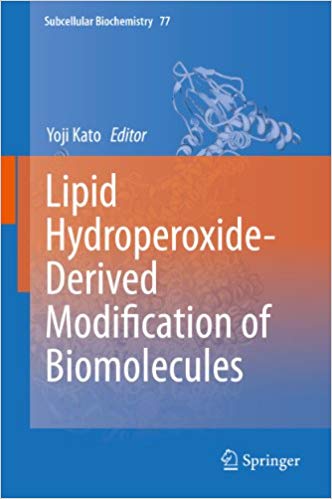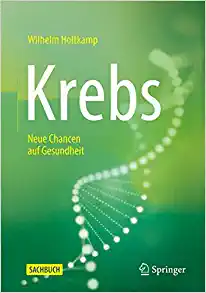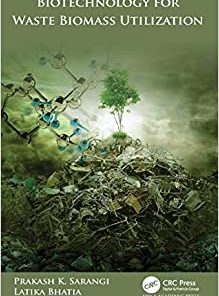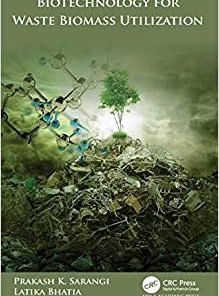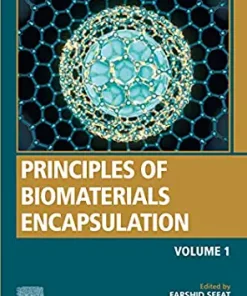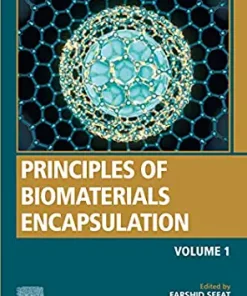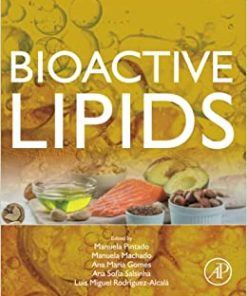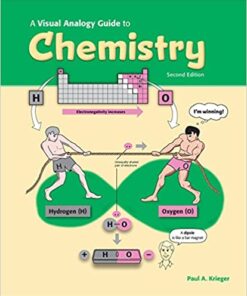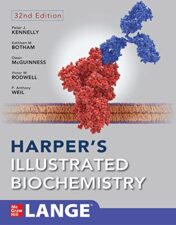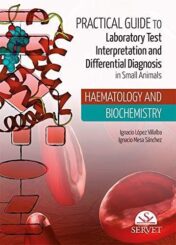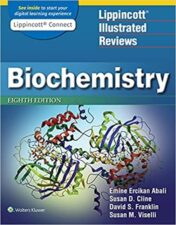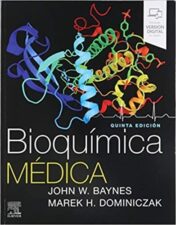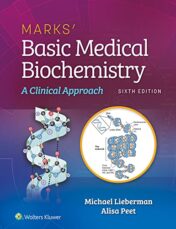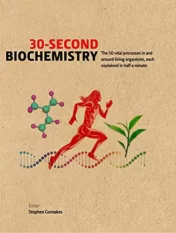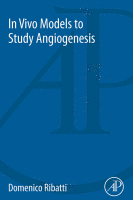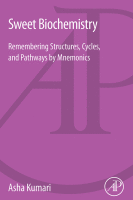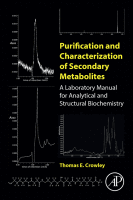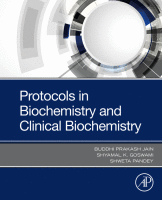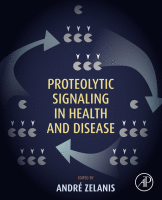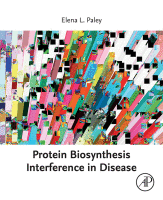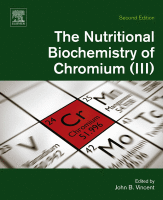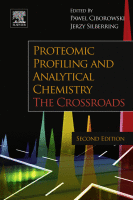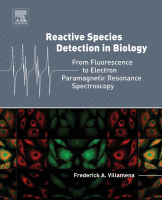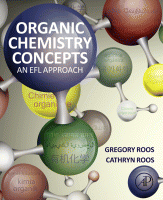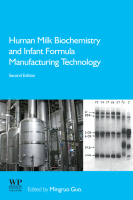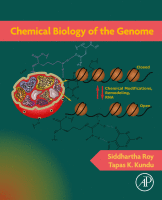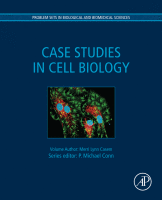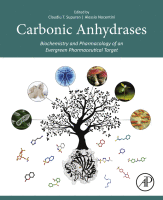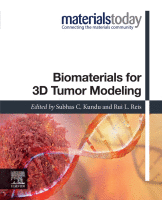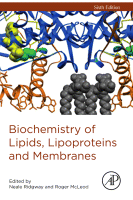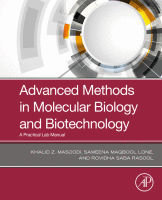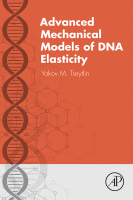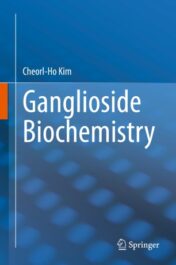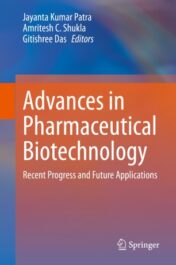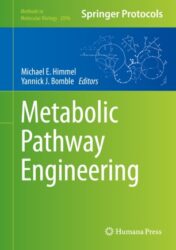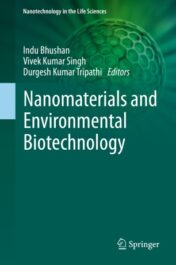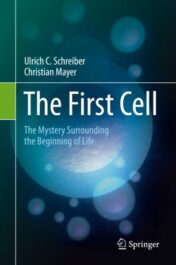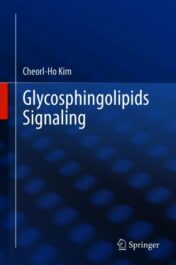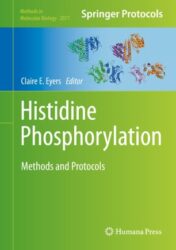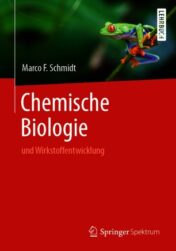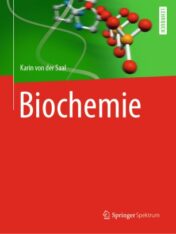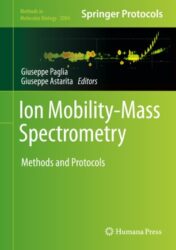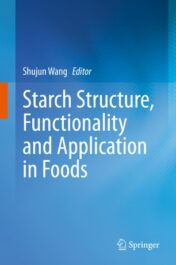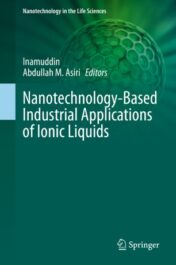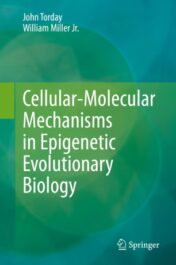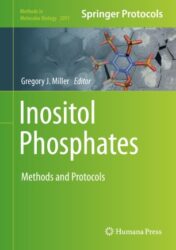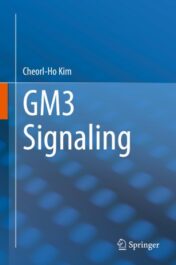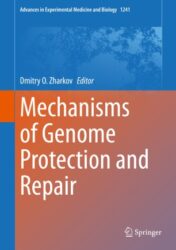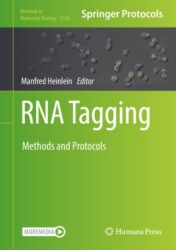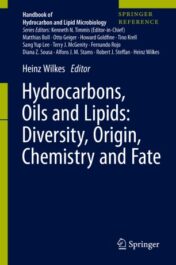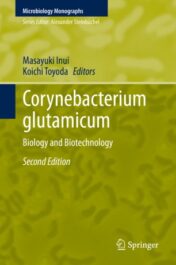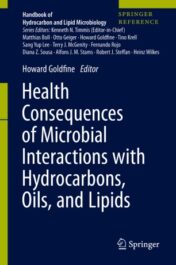- Print Length: 202 pages
- Publisher: Springer; 2014 edition (December 28, 2013)
- Publication Date: December 28, 2013
- Language: English
- Type : PDF
Note : We will send ebook download link after confirmation of payment via paypal success
Payment methods: Visa or master card (Paypal)
Lipid Hydroperoxide-Derived Modification of Biomolecules (Subcellular Biochemistry Book 77)
$14
by Yoji Kato
Lipid Hydroperoxide-Derived Modification of Biomolecules (Subcellular Biochemistry Book 77)
by Yoji Kato
Lipid peroxidation is an important cellular process which can lead to detrimental effects if it is not regulated efficiently. Lipid hydroperoxide is formed in an initial step of lipid peroxidation. Lipid hydroperoxide is also known as a potential source of singlet oxygen. Harmful aldehydes are formed when the lipid hydroperoxide is degraded. The formed aldehyde has high reactivity against thiol or amine moieties. Therefore, it could act as a signaling molecule, which might induce the changing of gears inside a cell. Recent studies have shown that lipid hydroperoxide or a slightly modified product of the lipid hydroperoxide reacts with biomolecules such as proteins and aminophospholipids, which leads to formation of amide-type adducts. Amide-type adducts could be one of markers for oxidative stress and could also be an important player in some diseases. In this book, the chemistry and biochemistry of lipid hydroperoxide along with their conjugates with biomolecules are described.
Product details
Related Products
Biochemistry Books
Krebs: Neue Chancen auf Gesundheit, 2. Aufl Edition (German Edition) (EPUB)
Biochemistry Books
Biotechnology for Waste Biomass Utilization (Original PDF from Publisher)
Biochemistry Books
Biochemistry Books
Biochemistry Books
Marine Biochemistry: Isolations and Techniques (Original PDF from Publisher)
Biochemistry Books
Biochemistry Books
Basic Sciences Books
A Visual Analogy Guide to Chemistry, 2nd Edition (Original PDF from Publisher)
Biochemistry Books
Harper’s Illustrated Biochemistry, Thirty-Second Edition 2022 Original PDF
Biochemistry Books
Biochemistry Books
Biochemistry Books
Biochemistry Books
Essentials of Medical Biochemistry: With Clinical Cases, 3rd Edition 2022 Original PDF
Biochemistry Books
Lippincott Illustrated Reviews: Biochemistry, 8th Edition 2021 EPUB & converted pdf
Biochemistry Books
Bioquímica médica, 5ª ed (Spanish Edition) 2019 EPUB + Converted PDF
Biochemistry Books
Biochemistry Books
Biochemistry Books
Biochemistry Books
Biochemistry Books
Biochemistry Books
Protocols in Biochemistry and Clinical Biochemistry 2020 Original pdf
Biochemistry Books
Proteolytic Signaling in Health and Disease 2021 Original pdf
Biochemistry Books
Protein Biosynthesis Interference in Disease 2021 Original pdf
Biochemistry Books
Biochemistry Books
Biochemistry Books
Overflow Metabolism From Yeast to Marathon Runners 2018 Original pdf
Biochemistry Books
The Nutritional Biochemistry of Chromium (III) 2019 Original pdf
Biochemistry Books
Biochemistry Books
Biochemistry Books
Introductory Experiments on Biomolecules and their Interactions 2016 Original pdf
Biochemistry Books
Hormone Metabolism and Signaling in Plants 2017 Original pdf
Biochemistry Books
Herbal Biomolecules in Healthcare Applications 2021 Original pdf
Biochemistry Books
GPCRs Structure, Function, and Drug Discovery 2020 Original pdf
Biochemistry Books
Exercise, Sport, and Bioanalytical Chemistry Principles and Practice 2016 Original pdf
Biochemistry Books
Clinical Bioenergetics From Pathophysiology to Clinical Translation 2020 Original pdf
Biochemistry Books
Human Milk Biochemistry and Infant Formula Manufacturing Technology 2020 Original pdf
Biochemistry Books
Biochemistry Books
Biochemistry of Lipids, Lipoproteins and Membranes 2015 Original pdf
Biochemistry Books
Biochemistry Books
Advanced Mechanical Models of DNA Elasticity 2016 Original pdf
Biochemistry Books
Biochemistry Books
Biochemistry Books
Mechanisms of Gene Regulation: How Science Works 2020 Original pdf
Biochemistry Books
Progress in the Chemistry of Organic Natural Products 113 2020 Original pdf
Biochemistry Books
Biochemistry Books
Nanomaterials and Environmental Biotechnology 2020 Original pdf
Biochemistry Books
Biochemistry Books
Histidine Phosphorylation Methods and Protocols 2020 Original pdf
Biochemistry Books
Chemische Biologie und Wirkstoffentwicklung 2020 Original pdf
Biochemistry Books
Biochemistry Books
Ion Mobility-Mass Spectrometry Methods and Protocols 2020 Original pdf
Biochemistry Books
Starch Structure, Functionality and Application in Foods 2020 Original pdf
Biochemistry Books
Biochemistry Books
Cellular-Molecular Mechanisms in Epigenetic Evolutionary Biology 2020 Original pdf
Biochemistry Books
Biochemistry Books
Biochemistry Books
Sustainable Green Chemical Processes and their Allied Applications 2020 Original pdf
Biochemistry Books
Biochemistry Books
Iron Geochemistry: An Isotopic Perspective 2020 Original pdf
Biochemistry Books
Mechanisms of Genome Protection and Repair 2020 Original pdf
Biochemistry Books
Biochemistry Books
Biochemistry Books
Hydrocarbons, Oils and Lipids: Diversity, Origin, Chemistry and Fate 2020 Original pdf
Biochemistry Books
Corynebacterium glutamicum Biology and Biotechnology 2020 Original pdf

